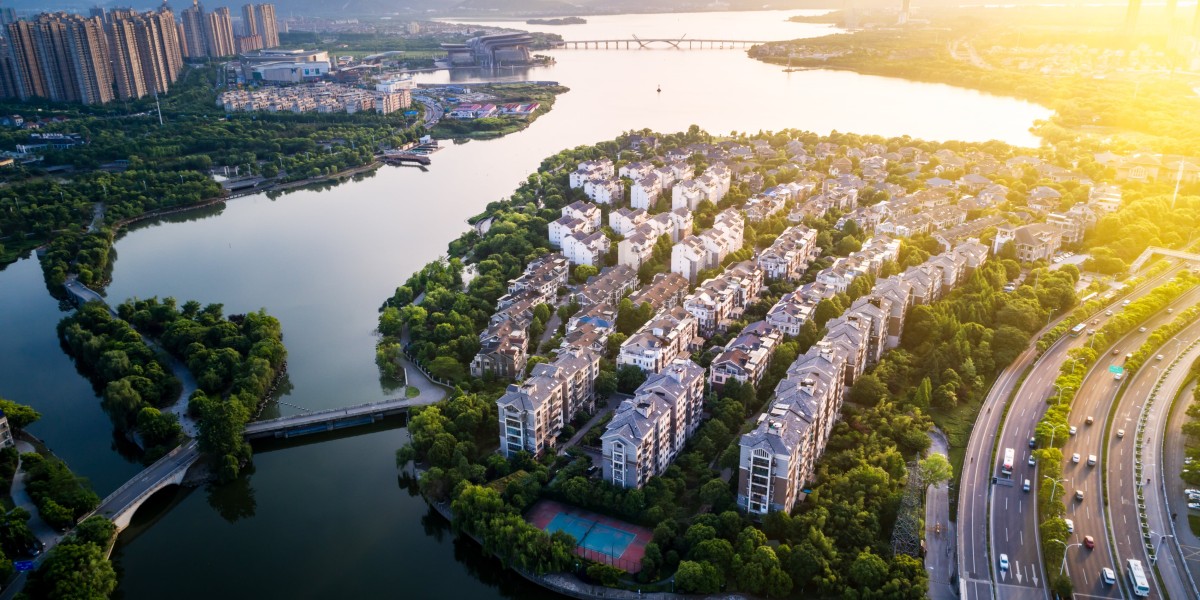Kolkata, a city steeped in heritage and culture, has long been a canvas for architectural brilliance. Today, the city is experiencing a striking evolution in its built environment, where tradition is not being replaced but reimagined. Leading architects in Kolkata are harmonizing timeless Bengali aesthetics with innovative, sustainable modern design to reshape the urban skyline while preserving the cultural soul of the city.
The Essence of Bengali Architecture: A Rich Legacy
Bengali architecture, with its terracotta temples, sprawling courtyards, jali windows, and red oxide floors, represents a distinct vernacular style rooted in climate sensitivity and artistic expression. From the Rajbari mansions of North Kolkata to the colonial charm of South Kolkata bungalows, the city’s built heritage tells stories of the past.
Architects in Kolkata are deeply aware of this legacy. Instead of discarding these elements, they are integrating symbolic motifs, materials, and proportions into contemporary structures. This fusion is not mimicry but homage — a way to carry forward identity in a rapidly transforming urban space.
Modernity with a Local Soul: Contextual Design Philosophy
At the core of this architectural evolution is contextualism — designing buildings that respond to their physical, cultural, and environmental context.
Kolkata architects are:
- Retaining internal courtyards in residential apartments, encouraging light and ventilation.
- Incorporating jaali work in building façades, blending tradition with passive cooling techniques.
- Using locally sourced materials like terracotta, sandstone, and lime plaster to reduce environmental impact.
- Creating fluid spaces that respect Vastu principles while supporting contemporary lifestyles.
Architectural firms like Arch Studios, Abin Design Studio, and Sanjay Puri Architects are at the forefront of this design approach, transforming residences, public spaces, and institutional buildings alike.
Adaptive Reuse: Breathing New Life into Heritage Structures
Kolkata’s urban renewal isn’t about demolition — it's about adaptive reuse. Iconic structures are being preserved, restored, and repurposed for modern needs.
Examples include:
- Old zamindari homes converted into boutique hotels and co-working spaces.
- Colonial buildings repurposed as art galleries, cafés, and community libraries.
- Warehouses along the Hooghly transformed into modern office hubs, retaining their industrial character.
This movement fosters sustainability, reduces construction waste, and strengthens the emotional and cultural connect between the people and the built environment.
Technology Meets Tradition: 3D Visualization & BIM Integration
Modern Kolkata architects are embracing cutting-edge technologies like:
- 3D visualization to showcase traditional designs in immersive formats.
- BIM (Building Information Modelling) to ensure precision in design and execution.
- Parametric tools to reinterpret classic motifs into functional design elements like shading screens, structural supports, and acoustics-enhancing patterns.
Such tools enable a seamless blend of tradition with precision, preserving historical nuances while meeting the demands of contemporary architecture.
Sustainable Design Inspired by Indigenous Knowledge
Traditional Bengali architecture is inherently sustainable. Thick walls, sloped roofs, and cross-ventilation techniques made homes resilient to Kolkata’s hot-humid climate. Today, architects are reviving these strategies through a sustainable lens.
- Rainwater harvesting and green roofs are designed in the spirit of old ‘aangan’ courtyards.
- Shading devices, inspired by verandahs and chhajja, reduce cooling loads.
- Material recycling from demolished sites is practiced to build eco-sensitive homes.
- Energy-efficient facades and solar integration are added without disturbing the traditional rhythm of design.
By revisiting indigenous solutions, Kolkata architects are not just preserving tradition — they are future-proofing it.
Fusion in Interiors: Where Art Deco Meets Kalighat
Modern interiors in Kolkata’s elite homes and boutique projects are a melange of global styles and local craftsmanship.
- Kalighat paintings and Dokra artifacts find space beside minimalist Scandinavian furniture.
- Mosaic floors, once popular in colonial homes, are making a comeback in modern apartments.
- Bamboo and cane elements bring warmth to steel-and-glass modernism.
This fusion celebrates Kolkata’s identity as a cosmopolitan cultural capital, where global meets local with grace.
Urban Planning with Cultural Sensitivity
Modern urban planning in Kolkata is undergoing a shift with architects and urban designers recognizing the need to honour the city’s intangible heritage — its street life, para culture, and public interactions.
- Mixed-use developments now accommodate street vendors and open public zones.
- Pedestrian-friendly pathways are integrated in commercial hubs like New Town and Rajarhat.
- Cultural hubs and amphitheatres are being planned in housing societies to foster community bonding.
The goal is to not just build infrastructure but create places that enrich life, echoing the spirit of Kolkata’s vibrant public realm.
Architectural Education and Global Exposure
Today’s young architects from Kolkata are trained both in local schools and prestigious institutions worldwide. Many return home with a global perspective and local roots, bringing back ideas that elevate tradition rather than erase it.
- Workshops on heritage documentation
- Collaborations with international firms
- Cultural exchange programs
These initiatives ensure that the next generation of Kolkata architects remains grounded yet globally relevant.
Conclusion: Kolkata’s New Architectural Identity
Kolkata is not just preserving its past — it is redefining it. The architecture of the city is undergoing a cultural revival wrapped in modern innovation. This harmonious blend is not a trend, but a movement led by visionary architects, designers, and planners who are rewriting the narrative of urban India.
Tradition and modernity are not rivals in Kolkata’s architecture — they are partners. The city’s skyline is the result of an intelligent dialogue between the old and the new, the ornate and the functional, the nostalgic and the aspirational.







